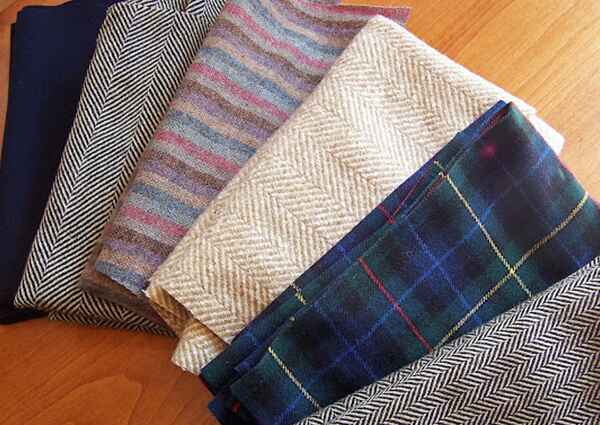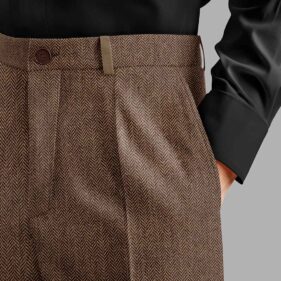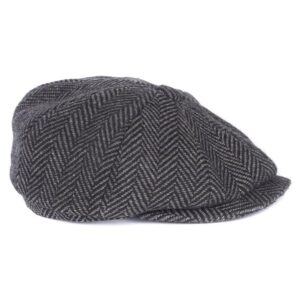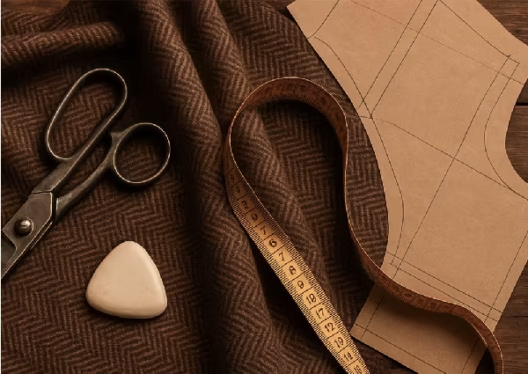What is Wool Fabric & Use of Wool Fabric

Wool fabric is Obtained from sheep and other animals and has played an important role in textile history for centuries. It is famous for its warmth, durability, and versatility, making it a staple in various applications ranging from clothing to home furnishings. One of the most significant advantages of wool is its natural insulation.
Australian industry is the leading in the world with 25% for wool production followed by the U.S. and China with 18% and New Zealand with 11%. The fabric’s unique structure traps air, providing effective thermal regulation. Its ability to wick moisture away from the body further underscores its practical benefits, ensuring that individuals remain dry and comfortable.
This makes wool garments ideal for cold weather. wool is also effective in warmer climates because it can wick moisture away from the skin, keeping you dry and cool. wool is naturally water-resistant and flame-retardant, enhancing its appeal for both outdoor apparel and safety applications.
History of Wool Fabric
Wool fabric is one of the oldest textiles known to humanity and possesses a rich and intricate history that reflects the evolution of civilization itself. Evidence of wool use dates back to around 6000 BCE. Sheep were among the first animals to be domesticated, primarily for their wool, meat, and milk.
Along with linen and leather, wool was an important textile in the Roman Empire, and this textile became even more central to European life during the Middle Ages. By around 1200 AD, wool production had become a major component of the Italian economy. The soft, warm fibers of wool quickly became indispensable for clothing, shelter, and trade.
Use of Wool Fabric
Wool is used in many things to make Products for daily use and also for specific uses in life it is used for its warmth, durability, and versatility, making it a staple in various applications like Clothing, Home Textiles, Performance and Outdoor Gear, Industrial and Technical Uses and Fashion and Accessories.
- Clothing: The realm of clothing, particularly in the design and manufacture of tailored suits, outerwear, sweaters, knitwear, socks, and base layers. This same fiber finds its application in the creation of sweaters and knitwear, where its excellent insulation capabilities are complemented by a soft and luxurious tactile experience.
- Home Textiles: Wool Fabric is used to make the home product that gives you a unique look to your home it includes wool Blankets and Throws that are cherished for their warmth and coziness. Wool rugs and carpets are durable and resistant to staining, making them a popular choice for home decor.
- Performance and Outdoor Gear: Wool is used in outdoor clothing such as hiking socks, base layers, and jackets due to its ability to regulate temperature and wick moisture. Merino wool is favored in sportswear for its breathability and odor-resistant properties.
- Fashion and Accessories: Wool is a common material for winter accessories like hats, scarves, and gloves. Some bags and shoes incorporate wool for its aesthetic and functional benefits. The body temperature while simultaneously wicking moisture away from the skin, is an essential feature in inhospitable winter conditions.
Where Is Wool Fabric Produced?
Wool Fabric is produced in most of the country with a strong sheep farming industry. However, the major producer of wool fabric is Australia produces 25 percent of the world’s wool, which makes it the most prominent wool-producing country. China, which has one of the world’s largest textile markets and textile industries, produces 18 percent of the world’s wool.
Different Types of Wool Fabric
Merino Wool: It is known for its softness and fine texture and it is also lightweight and breathable, making it a popular choice for activewear and everyday garments. Merino wool is one of the world’s most Common types of wool. It helps to keep the wearer comfortable, whether in warm or cold conditions.
Cashmere: Cashmere wool is one of the most expensive and luxurious types of wool. The fine undercoat of cashmere goats is primarily found in the mountainous regions of Mongolia, China, and India. The intricate process of harvesting and processing cashmere fibers is labor-intensive, contributing to its elevated status and price.
Alpaca wool: People in South America have been breeding alpacas for their wool for thousands of years. Alpacas is renowned for its exceptional softness, warmth, and lightweight properties. Alpaca wool is increasingly favored in high-end textiles and fashion industries.
Virgin Wool: It is known as lamb’s wool, Virgin wool is made from lamb’s first shearing. This premium textile is highly regarded for its softness, durability, and superior insulating properties, making it an ideal choice for a variety of garments and home furnishings.
Vicuna Wool: The Vicuna is the relative of the alpaca that is exclusively native to Peru. The vicuña, a South American camelid, is renowned for its exceptional softness, warmth, and lightweight properties.
Llama Wool: Llama wool is generally too rough to be worn next to the skin, but it is suitable for outerwear garments. It is renowned for its luxurious softness and exceptional warmth and is derived from the fleece of llamas, native to the Andes mountains of South America.
FAQ
What is special about wool?
Wool is highly valued for its unique properties and versatility, making it a preferred material in various applications. Its moisture-wicking capabilities allow it to absorb humidity without feeling damp, enhancing comfort.
Why is wool the best fabric?
Wool is often considered the superior fabric due to its unique combination of properties that offer both functionality and comfort. wool is inherently resistant to flames, dirt, and wrinkles, making it a durable choice for various applications.
What is the description of wool fabric?
Wool fabric is a natural textile derived from the fleece of sheep and, in some cases, other animals such as goats. With its versatility, wool exhibits excellent insulating properties, moisture-wicking abilities, and resilience, making it suitable for a wide range of applications, from clothing to home textiles.
What are the 5 benefits of using wool for clothing?
Wool Fabric has many benefits for clothing and there are the 5 benefits of Wool fabric.
(i) Insulation and Warmth
(ii) Moisture Wicking and Breathability
(iii) Durability and Longevity
(iv) Odor Resistance
(v) Sustainability




